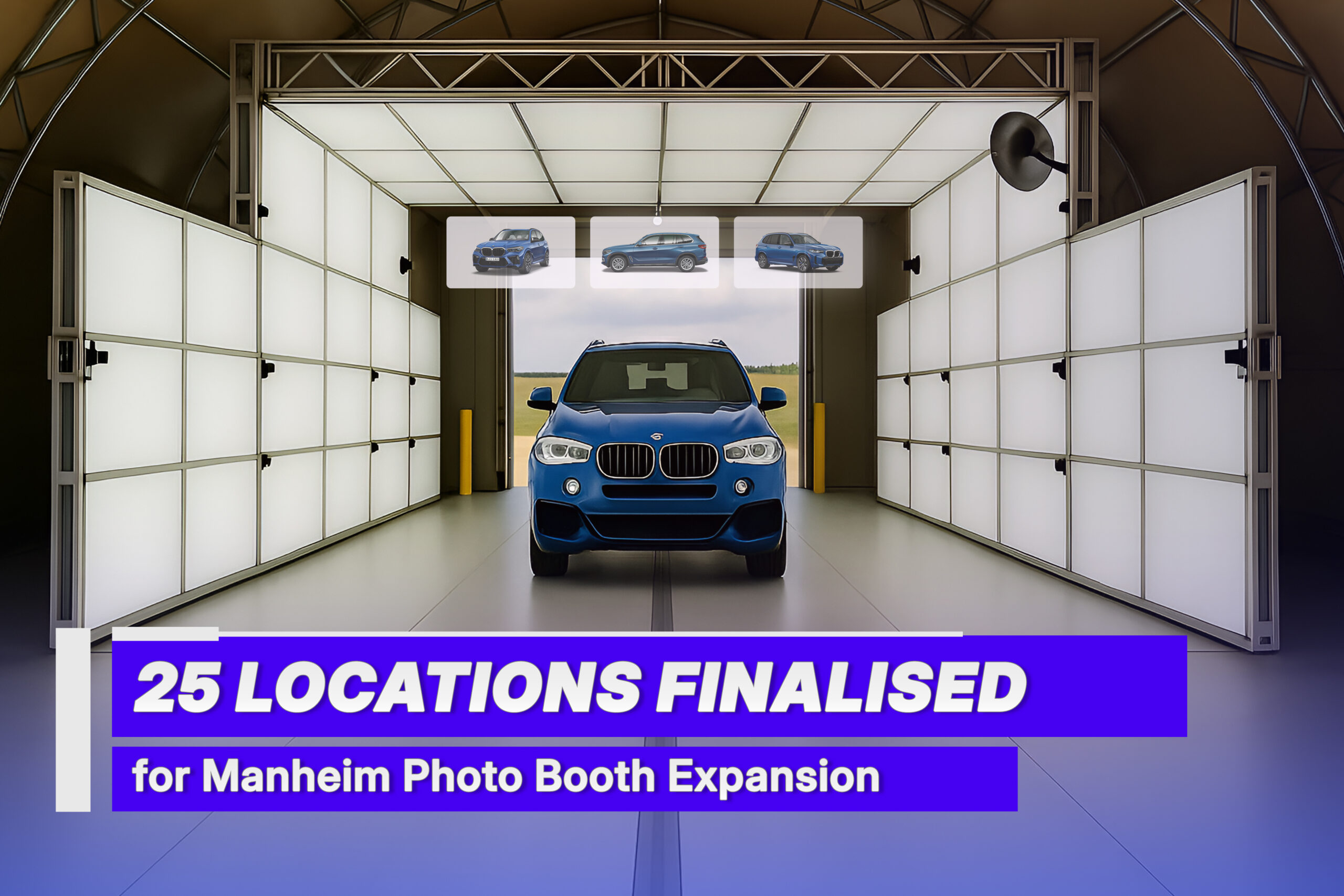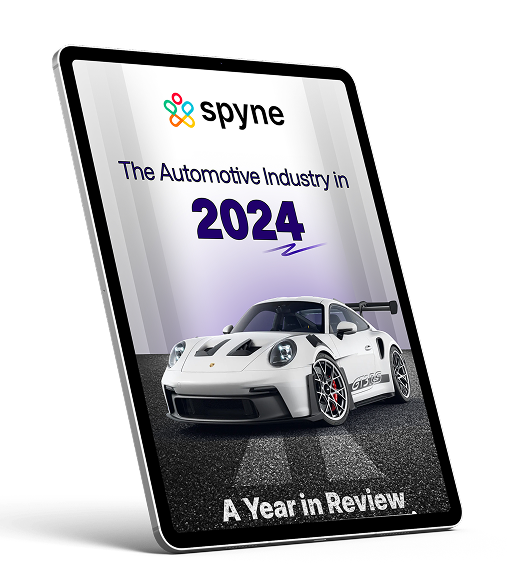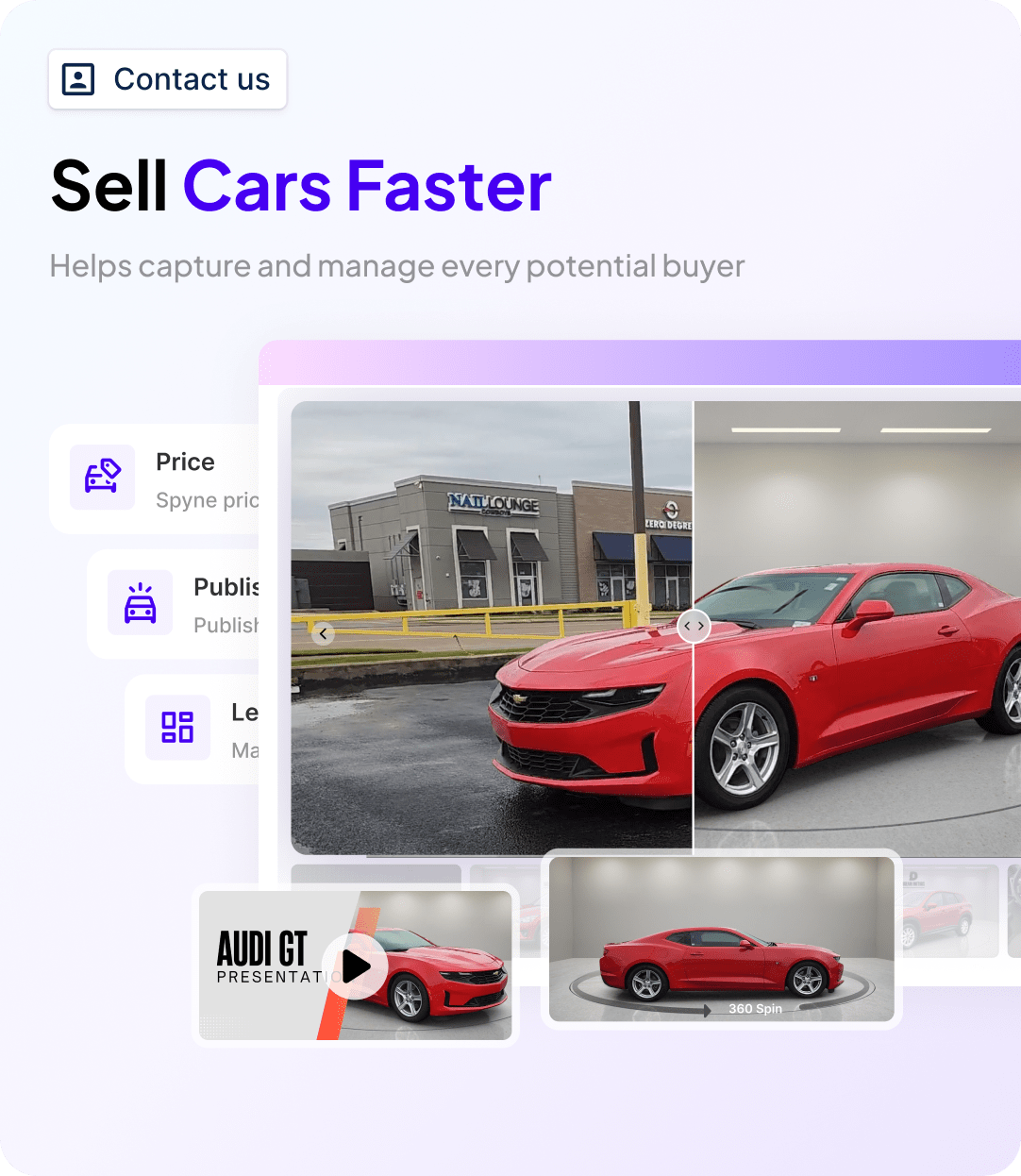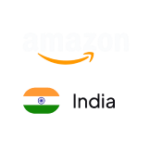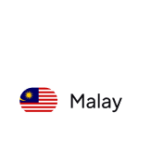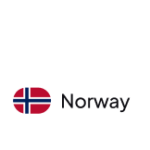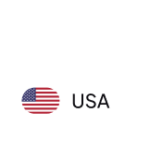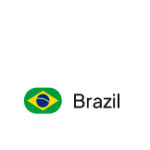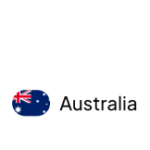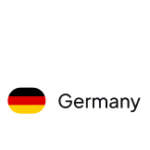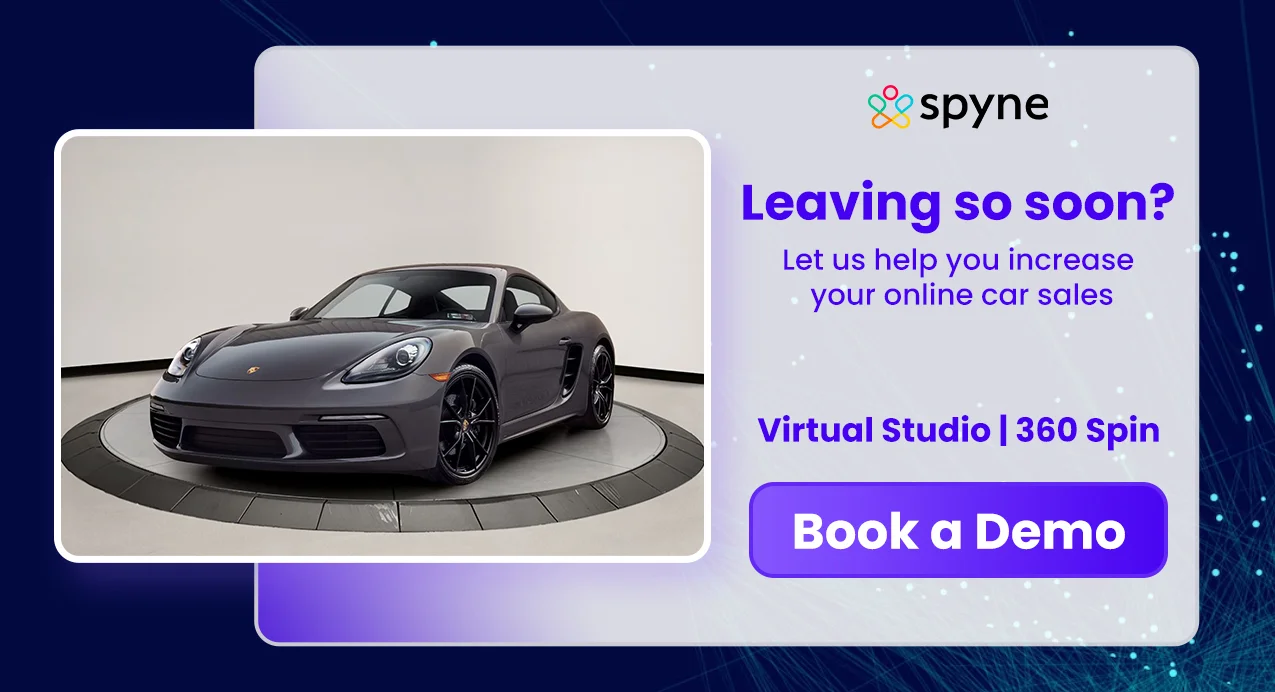Manheim, one of the largest wholesale vehicle auction companies, is rolling out more “drive-through photo booths” (officially called fixed imaging tunnels) at its auction sites! Interesting way to automate vehicle photography, isn’t it? The process is not only super easy but also very fast and results in consistent listings. Know everything about Manheim recent photo booth expansion here.
What are these Photo Booths Exactly?
These imaging tunnels are essentially tunnel-style photography bays. Vehicles drive through, and the system automatically photographs them from multiple angles. This setup enables fast, consistent, high-quality vehicle imaging without requiring manual parking, staging, lighting adjustments, or labor-intensive photography. These booths aren’t just camera rooms; they function as precision-engineered systems that combine hardware, software, and smart lighting to create consistent, professional-grade images for online vehicle listings in seconds.
Manheim’s drive-through photo booths, or fixed imaging tunnels, use a combination of high-resolution multi-camera arrays, 360° LED lighting systems, and vehicle-tracking sensors (like LIDAR or ultrasonic) to automatically capture professional-grade images of moving vehicles within seconds. As the car drives through, AI-powered software syncs and processes these images, enhancing clarity, tagging angles, and optionally detecting damages or removing backgrounds.
The booths feature durable steel or aluminum frames, weatherproof insulation, and slip-resistant flooring. They also include embedded power and data lines to support seamless cloud connectivity and instant listing integration. The entire system prioritizes speed, consistency, and high-volume efficiency.
What’s happening?
At least 25 Manheim auction locations will have these large drive-thru booths installed by the end of 2025. The Manheim Photo Booth Expansion forms part of a broader trend across the company’s sprawling auction network. As of May, one example noted in the report was the imaging tunnel in operation at Manheim Detroit, in Carleton, Michigan — a hub for car auctions Detroit sellers and buyers. While the report didn’t list individual locations, it confirmed the deployment spans at least 25 major Manheim auction sites by year-end.
With this expansion, Manheim signals that it won’t settle for business as usual. The company is betting big on automation and tech-enabled solutions to keep its auction experience relevant and future-ready. As competitors scramble to catch up, Manheim is quietly redefining what it means to sell a car at auction, one photo booth at a time. The Manheim Photo Booth Expansion clearly demonstrates that shift.
How Will This Help?
The system speeds up the vehicle listing process, saves time and labor, and reduces photo inconsistencies. It also boosts efficiency for sellers and creates cleaner, more reliable vehicle listings across Manheim’s digital platforms. In today’s digital-first marketplace, polished and standardized photos are key to attracting buyers and increasing sales. Besides, here are a few more ways this may be helpful:
1. AI Training Data for Future Automation
Every vehicle scanned through these booths adds to a massive dataset of labeled, high-quality automotive images. This data helps train next-gen AI models used in automated condition grading, VIN recognition, and even predictive pricing. Through the Manheim Photo Booth Expansion, the company is essentially building a proprietary “visual intelligence engine” over time — something that could influence manheim stock in the long term if automation proves profitable.
2. Invisible Damage Detection in Development
Some booths are undergoing tests or are being planned with multi-spectrum imaging, including infrared or ultraviolet light. This feature allows the system to detect issues not visible in standard photos, like subtle paintwork anomalies, heat signatures from misaligned parts, or minor frame warps, enabling preemptive inspection without human input.
3. Plug-and-Play Expansion Capability
Manheim builds these booths as modular systems, allowing quick relocation or scaling to new locations or temporary sites during peak seasons or high-demand auctions. This gives Manheim a mobile infrastructure edge over fixed studio setups used by competitors. It also ensures that the Manheim Photo Booth Expansion remains flexible and scalable. This mobile advantage is valuable in areas with seasonal activity, like Texas auto panels photos show during big regional sales events.
Conclusion
One of the tunnels is already live at Manheim Detroit, located in Carleton, Michigan. Early feedback is strong. Dealers report significant time savings, and Manheim staff observe smoother workflows across departments. More locations are being retrofitted or built from the ground up to include this technology. Although Manheim hasn’t revealed all 25 upcoming sites yet, the Manheim Photo Booth Expansion reflects a broader investment in digital-first tools. This upgrade supports Manheim’s push to meet the demands of a digital-first auto market. Clean, polished photos now play a key role in catching a buyer’s eye online. By streamlining this step, Manheim helps sellers move inventory faster and more efficiently — whether you’re listing in a manhiem car auction or searching for deals via car auctions Detroit.

